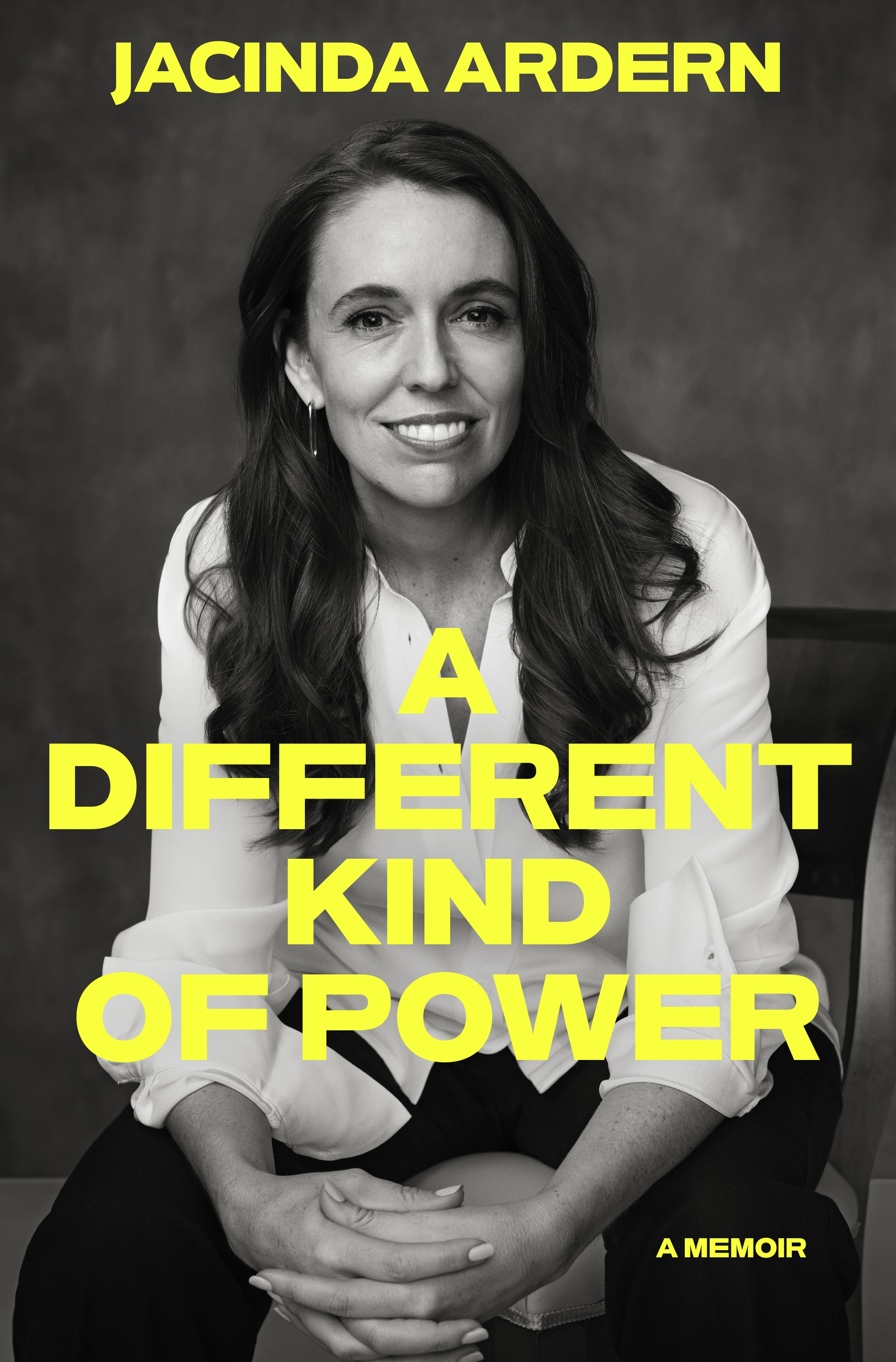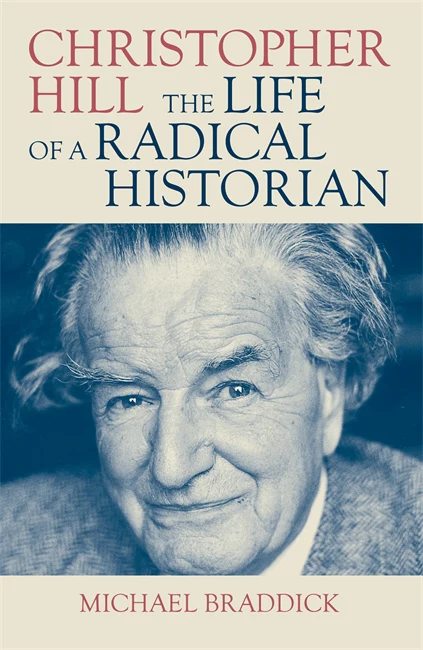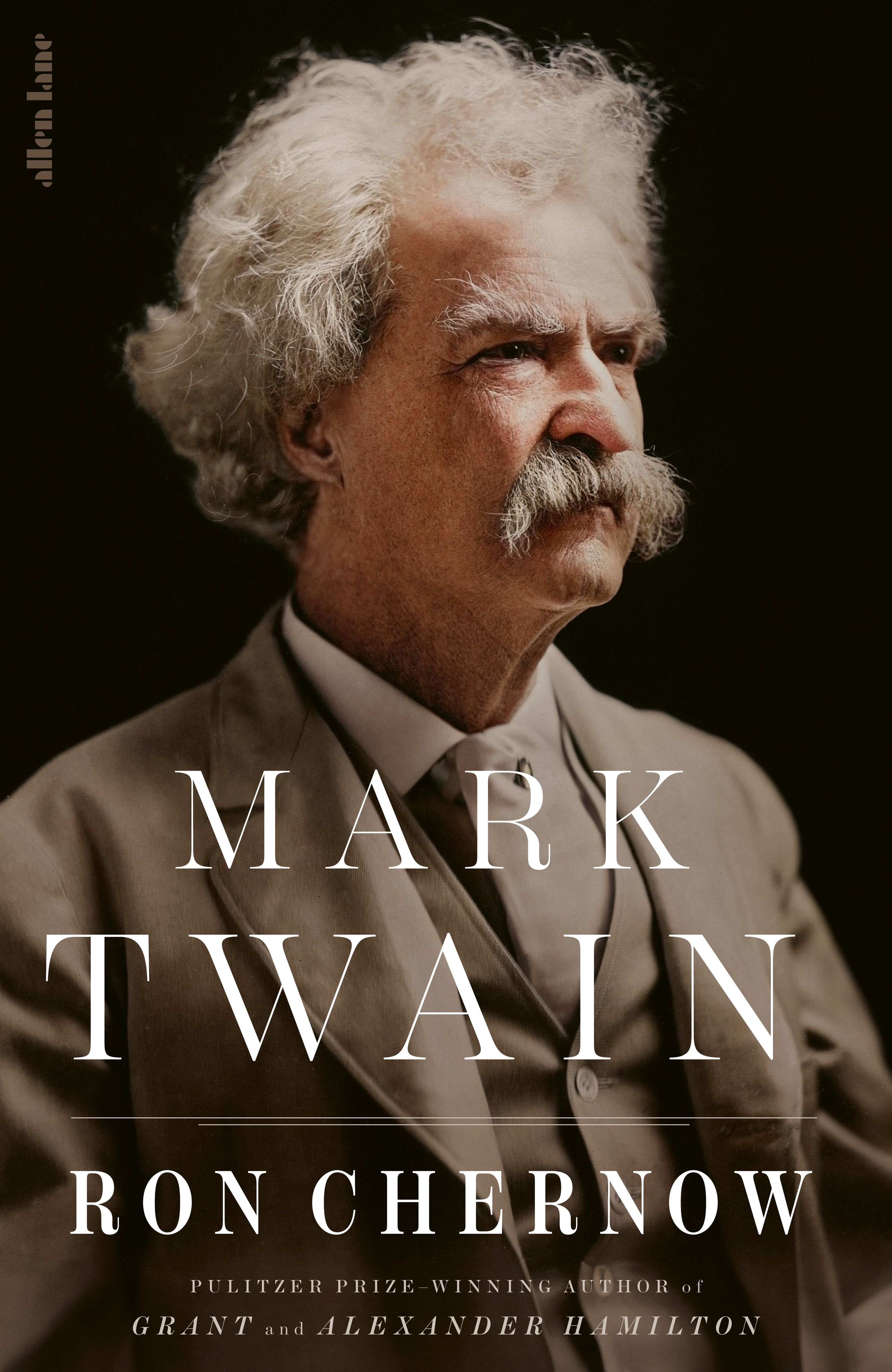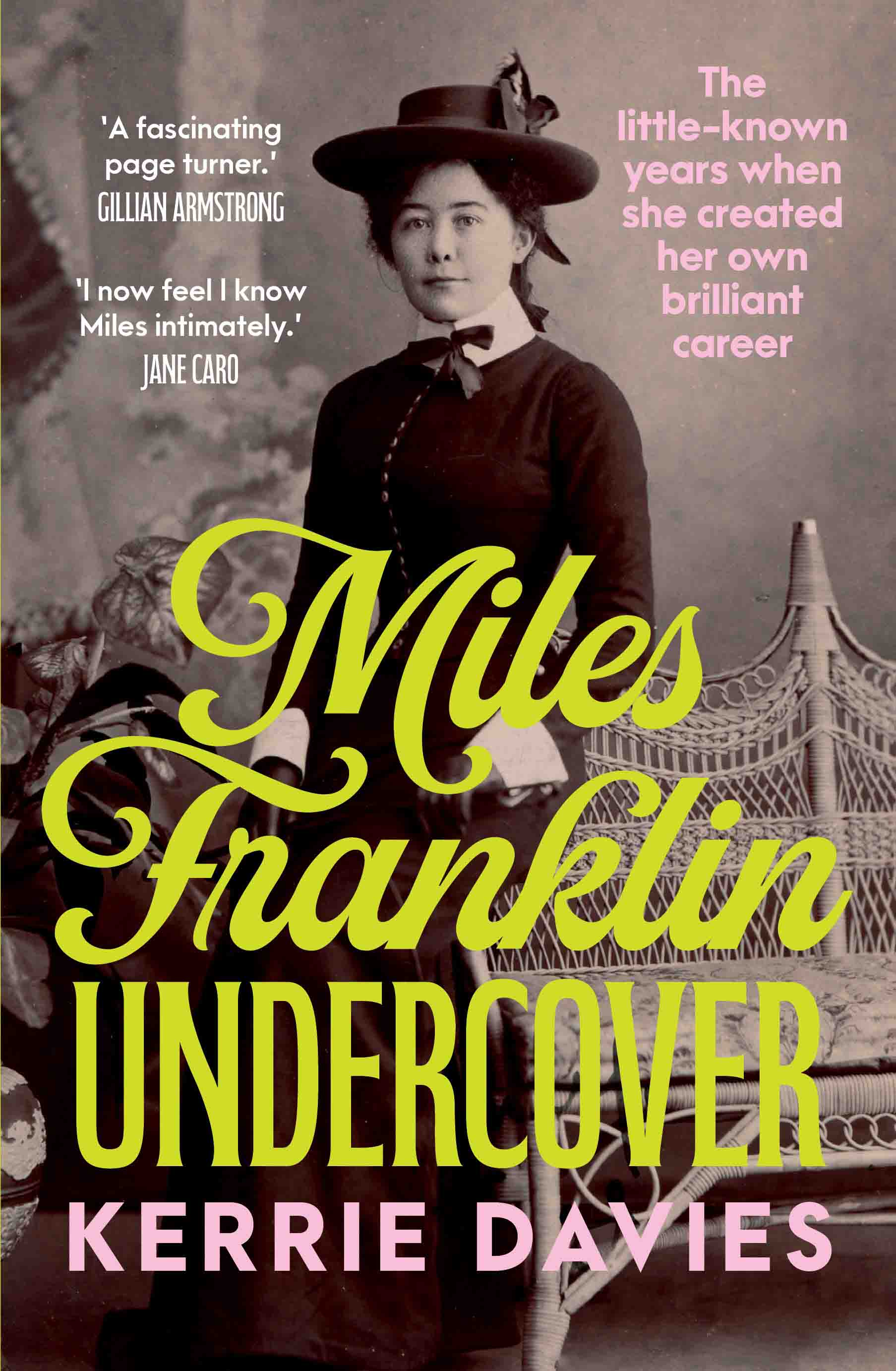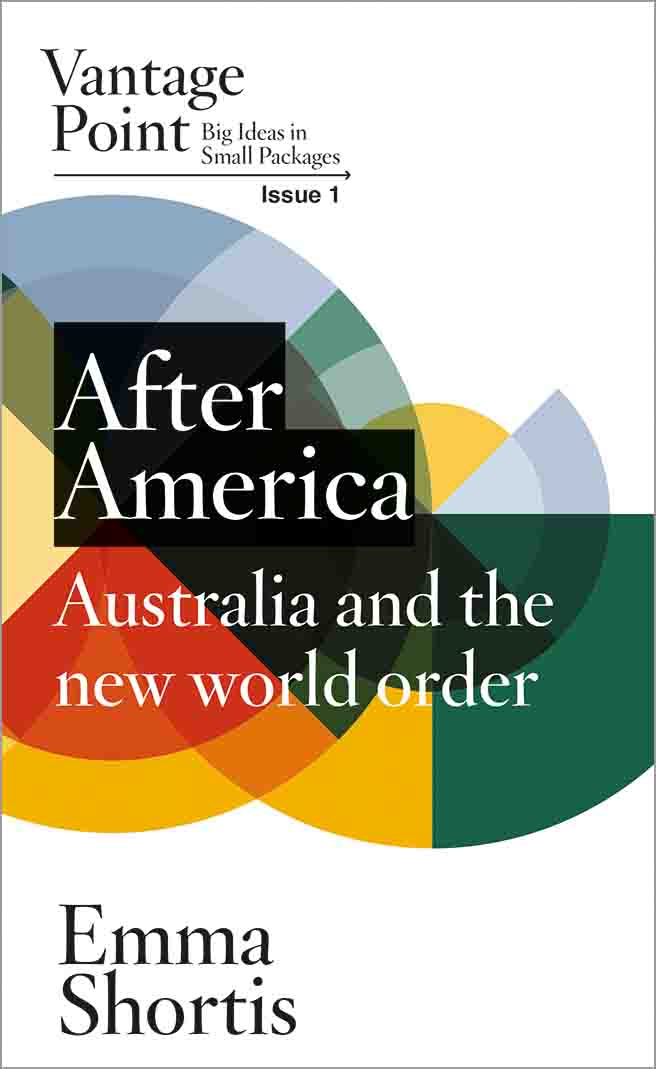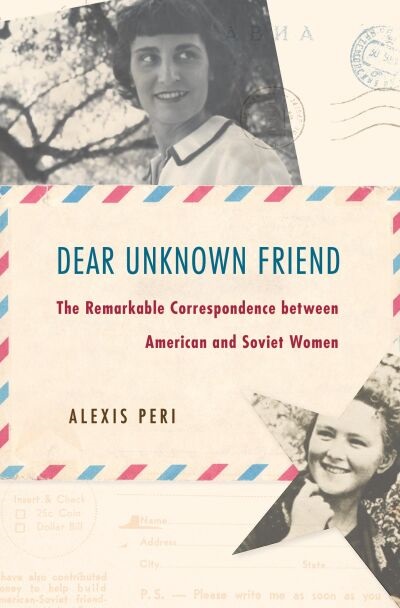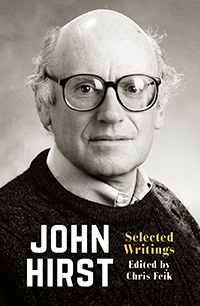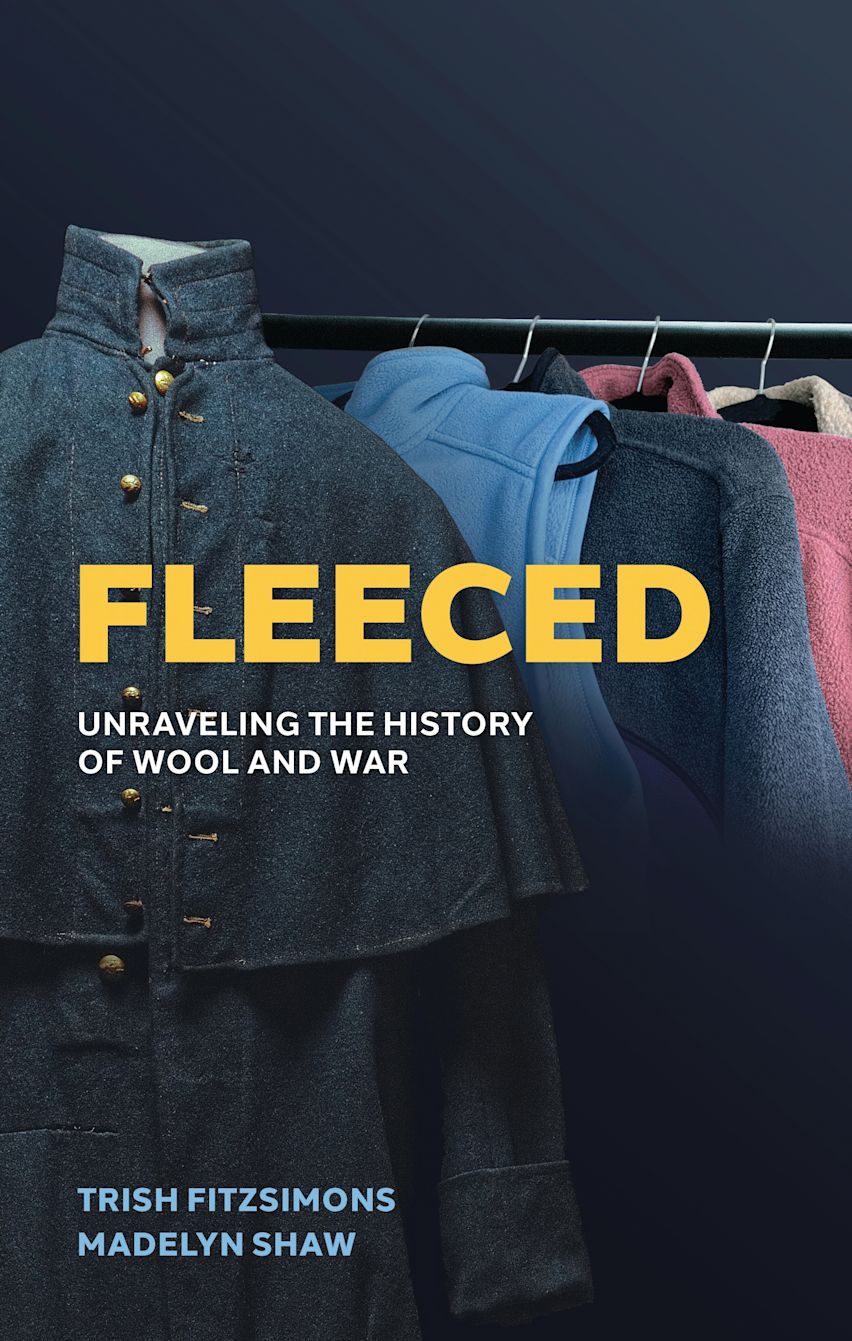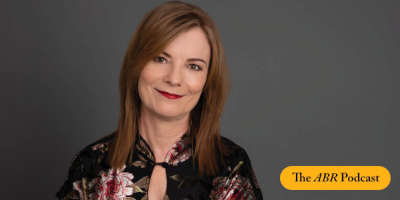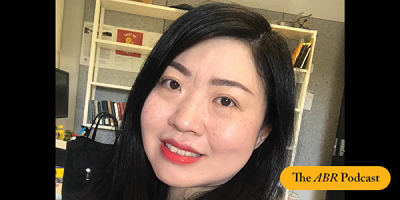Non Fiction
New Zealand/Aotearoa is a small country, with a population of roughly five million people, but as former Prime Minister Jacinda Ardern enthuses in her memoir A Different Kind of Power, it regularly punches above its weight. Not that she is one to toot her own horn, at least in an obvious fashion, but let’s take her prime ministership as a vivid case in point.
... (read more)Christopher Hill: The life of a radical historian by Michael Braddick
The subject of this fine biography was my Doktorvater or postgraduate supervisor. He hailed from York, ancient capital of England’s northern counties. So did my biological father, Wilfred Prest (1907-1985). Both won university scholarships to study history. But their family backgrounds and life trajectories were very different.
... (read more)Ron Chernow is a renowned journalist and bestselling biographer, whose best-known work is probably Alexander Hamilton (2004), the main inspiration for Lin-Manuel Miranda’s Hamilton: An American musical (2015). Chernow’s latest book joins several acclaimed biographies of Mark Twain that have appeared in recent decades, including Gary Scharnhorst’s three-volume Life (2018, 2019, and 2022). The complete Autobiography of Mark Twain, also in three volumes, was published in 2010, 2013, and 2015. Twain dictated much of this to Albert Bigelow Paine, his authorised biographer and literary executor. As Chernow reflects, ‘The challenge for Paine, as for all future Twain biographers, was that Twain was peerless at bending the truth.’
... (read more)Miles Franklin Undercover: The little-known years when she created her own brilliant career by Kerrie Davies
In literary careers, straightforward narrative arcs are less the rule than the exception. A writer can begin with a resounding debut, only to stumble at what in the music business is called the ‘difficult second album’. Authors can change genres and audiences; fail at achieving significant sales figures; succumb to hostile reviews, or simple indifference. Miles Franklin expressed it best in her novel title My Career Goes Bung (1946).
... (read more)It is a remarkable fact that our political leaders’ dogged pursuit of ‘national security’ through the United States alliance and the costly and controversial AUKUS agreement seems to be making Australians feel rather more insecure, indeed downright anxious, feelings exacerbated by the elevation of the mercurial Donald Trump to a second term as US president.
... (read more)Dear Unknown Friend: The remarkable correspondence between American and Soviet women by Alexis Peri
When American Verena Koehler and Russian Zinaida Duvankova swapped recipes for Mexican-style beef and piroshki in the early 1950s, it didn’t seem that either were aiming to spark a political discussion. The pen pals were curious about each other’s food and lives, and the everyday differences between the United States and the Soviet Union. Yet they soon saw similarities. Koehler remarked on a woman’s need for simple, fast recipes when she both works and carries out domestic labour at home. Duvankova agreed – even as a Soviet state official, she completed a full day at work and returned home to all of the housework. As she wrote to Koehler, ‘You are a woman, and can well understand what it means to attend to a family of three.’
... (read more)It is common today for historians to describe what they do as telling stories about the lives and events of the past, using the narrative techniques that they share with fiction writers: describing place, weather, clothes, the set of a leading character’s chin, and so on. But as a disciplined, evidence-based enquiry, history writing is also about argument and interpretation.
... (read more)Fleeced: Unravelling the history of wool and war by Trish FitzSimons and Madelyn Shaw
As Mark Twain tells the story in Following the Equator (1897), Cecil Rhodes, the future magnate and politician, was down and out in Sydney in 1870. Wandering along a harbour beach, he stopped to help a fisherman land and gut a shark – in whose stomach cavity he discovered a fragment of newsprint that, days in advance of sailing ships carrying the same papers, announced the outbreak of the Franco-Prussian War. Galvanised by this intelligence, Rhodes convinced a local wool broker to lend him the money to buy up much of that year’s Australian woolclip, a purchase that helped the future poster boy of Empire get back in the game.
... (read more)This week on the ABR Podcast, Felicity Plunkett reviews new collections of Antigone Kefala’s poetry and fiction, observing that the belated recognition of this major Australian figure suggests that Kefala has moved beyond the designation ‘migrant writer’.
... (read more)This week on the ABR podcast we feature Shan Windscript’s review of Bombard the Headquarters! by Linda Jaivin. Though Windscript applauds Jaivin for condensing the Great Proletarian Cultural Revolution of Communist China into a succinct and vivid account, Windscript argues this approach sacrifices historical nuance.
... (read more)

